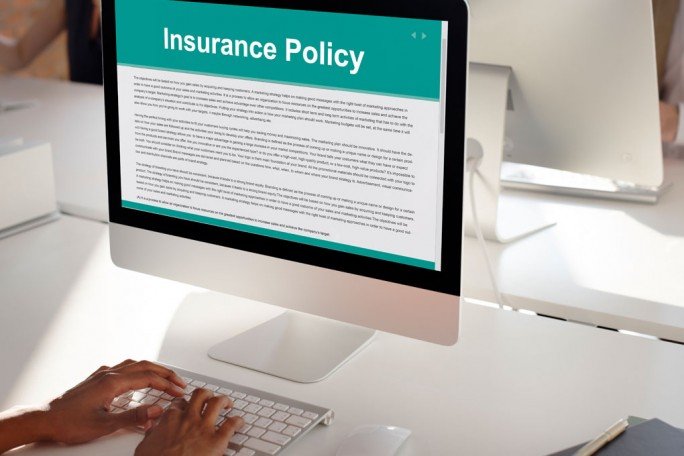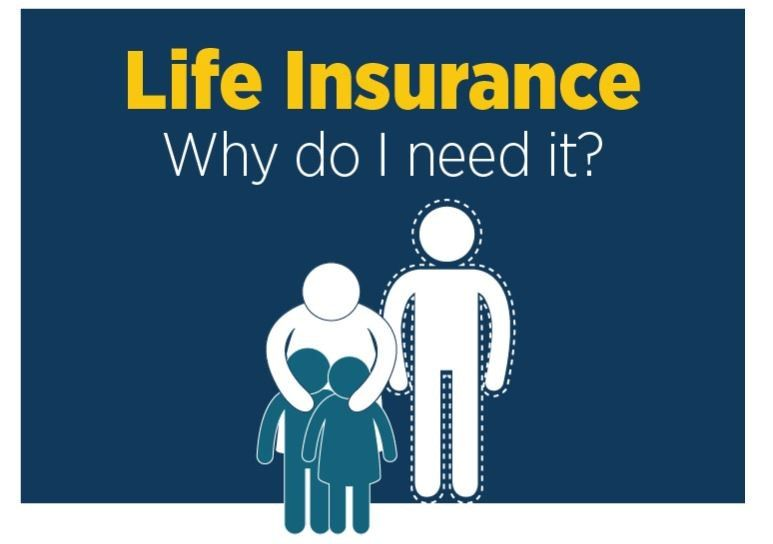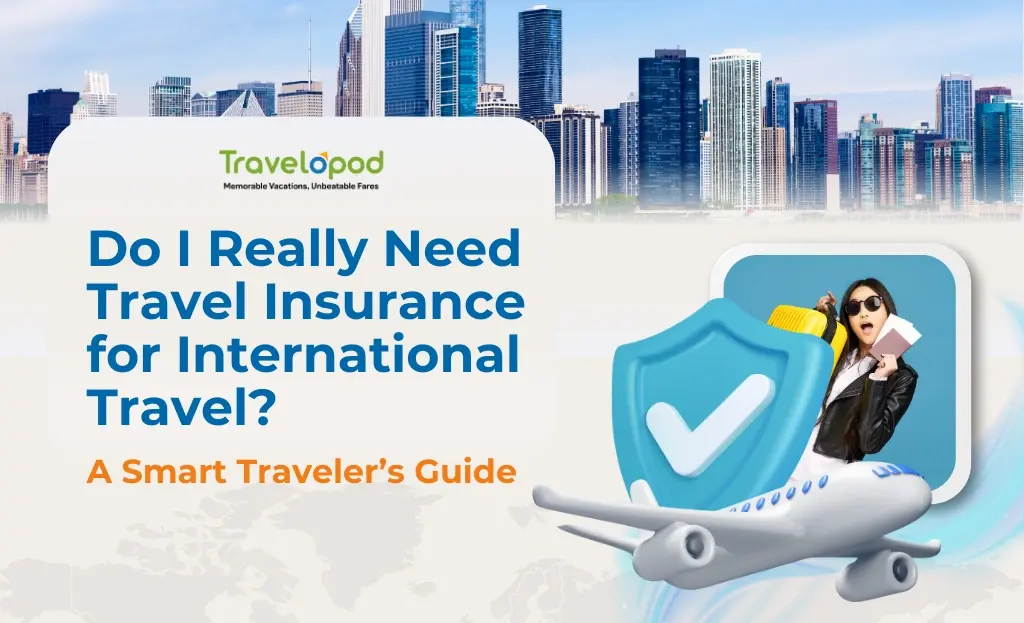Is Online Insurance The Right Choice For You?
In today’s digital age, most services are just a few clicks away, and insurance is no exception. Online insurance is rapidly gaining popularity as it offers convenience, affordability, and transparency. But is it the right choice for you? The decision to opt for online insurance requires careful consideration of several factors, such as convenience, pricing, coverage, customer service, and the ability to fully understand the terms and conditions of the policy.
In this article, we will dive deep into the world of online insurance, exploring its benefits, potential drawbacks, and what factors you should consider before making a decision. By the end, you’ll have a clearer understanding of whether online insurance suits your needs.
Key Takeaways
- Convenience: Online insurance allows for easy comparisons, quick policy purchase, and accessible management.
- Cost-Effective: Reduced overhead costs from insurers translate into cheaper premiums for consumers.
- Transparency: You have more control over reading and understanding the fine print.
- Considerations: Be mindful of potential scams and always verify the insurer’s credentials before making a purchase.
- Personalization: While online options are suitable for many, they may not always offer the same customization as in-person consultations.
What is Online Insurance?
Online insurance refers to the process of purchasing insurance policies through the internet, typically through an insurance provider’s website, third-party aggregators, or even specialized insurance apps. This can include a wide range of insurance types such as life, health, car, home, and travel insurance.
In the past, purchasing insurance was primarily done in person, either by visiting an insurance agent’s office or by having a meeting at home with an agent. With the advent of the internet, many insurance providers now allow consumers to purchase, compare, and manage their insurance policies online.
Why Choose Online Insurance?

1. Convenience and Ease of Access
One of the biggest advantages of buying insurance online is the convenience it offers. You no longer have to schedule meetings, visit offices, or make time for phone calls with agents. Instead, you can browse policies, compare quotes, and even purchase insurance directly from the comfort of your home or on the go.
Many online platforms provide user-friendly interfaces, enabling consumers to easily navigate through various policy options, fill in necessary details, and finalize their purchases within minutes. The convenience of having everything at your fingertips cannot be overstated, especially in today’s fast-paced world.
2. Cost-Effectiveness
Insurance companies often have lower operational costs when they offer online services, as they do not need to pay for physical office space or large sales teams. These savings are frequently passed on to consumers in the form of cheaper premiums.
Moreover, online insurance platforms often allow consumers to compare prices from multiple insurers in real-time. This competition drives prices down, helping you secure better deals for the coverage you need. You can access discounts or find limited-time offers that are more readily available on online platforms than through traditional agents.
3. Transparency and Control
When purchasing insurance online, you are often in full control of the process. You have the ability to read the fine print, compare multiple policies side-by-side, and review each policy’s terms and conditions. Online platforms typically provide more transparent information about coverage details, exclusions, and premiums.
This can be an advantage for individuals who prefer to do their own research before committing to any insurance policy. Moreover, you are not dependent on an agent to explain the terms, which can often lead to confusion or hidden charges.
4. Speed and Efficiency
The entire process of buying insurance online is generally faster compared to traditional methods. You can get quotes in real-time, apply for coverage, and even receive your policy documents almost immediately after purchase. This speed can be particularly beneficial in cases where you need insurance coverage urgently, such as car insurance or travel insurance.
Drawbacks of Online Insurance
1. Limited Personalized Assistance
One of the drawbacks of purchasing insurance online is the lack of personalized assistance. While many online platforms provide customer support through chat or phone, it’s not the same as having a face-to-face interaction with a knowledgeable agent.
For consumers who are not familiar with insurance terminology or those who require specialized coverage, online insurance platforms may feel impersonal or overwhelming. In such cases, speaking with an agent could provide valuable insights and guidance.
2. Complexity of Policy Understanding
While online insurance platforms provide plenty of information, understanding insurance jargon and the intricacies of policy terms can still be difficult. Even though you have access to the policy details, understanding coverage limits, exclusions, deductibles, and premiums might require some expertise.
For individuals who prefer a more hands-on approach to understanding their policy, the online experience might not always be the best option.
3. Potential for Scams and Fraud
The internet has unfortunately also created opportunities for fraudulent activities. Some online insurance websites may not be as reputable as they claim, and consumers might fall victim to scams if they are not careful.
It’s crucial to thoroughly research the platform, check for customer reviews, and ensure that the website is trustworthy before making any purchases. Verify that the platform is regulated by the relevant authorities in your jurisdiction to avoid potential risks.
4. Limited Scope for Customization
Some online insurance providers may not offer the same level of policy customization as traditional insurance brokers. While many platforms allow you to choose from a variety of pre-designed packages, they may not always have the flexibility to tailor policies to meet unique needs or provide advice on niche coverage.
If you have a complicated insurance situation or require specific coverage, consulting an expert in person may still be the better option.
How to Choose the Right Online Insurance

When selecting an online insurance provider, consider the following tips:
- Research and Compare: Always compare multiple options before making a decision. Use comparison websites or directly visit insurer websites to get quotes, coverage details, and policies.
- Online Insurance: Pros & Cons
Advantages:
Lower Premiums: By eliminating intermediaries like agents, online policies often come with reduced premiums.
Convenience & Speed: Purchase policies anytime, anywhere, with instant issuance and digital documentation.
Transparency: Access detailed policy information, compare plans, and read customer reviews to make informed decisions.
Paperless Process: Minimal paperwork simplifies the buying process.
Disadvantages:
Limited Personalization: Lack of face-to-face interaction may not suit those seeking tailored advice.
Overwhelming Choices: The abundance of options can be confusing for some buyers.
Claim Assistance: Without an agent, claim processes might seem daunting, especially for first-timers.
🏢 Offline Insurance: Pros & Cons
Advantages:
Personalized Guidance: Agents provide tailored advice and assist with paperwork, ensuring a smoother experience.
Clarified Doubts: Direct interaction allows immediate resolution of queries and concerns.
Disadvantages:
Higher Premiums: Agent commissions and operational costs can lead to increased premiums.
Time-Consuming: Multiple meetings and paperwork can delay policy issuance.
Limited Comparisons: Agents may offer policies from specific insurers, restricting your options.
Which Should You Choose?
Opt for Online Insurance if:
You are comfortable navigating digital platforms.
You seek cost-effective options and quick processing.
You prefer researching and comparing policies independently.
Opt for Offline Insurance if:
You desire personalized advice and assistance.
You are new to insurance and need guidance.
You prefer face-to-face interactions for clarity.
- Check the Insurer’s Reputation: Verify that the insurer is reputable and licensed. Read customer reviews, check their ratings with regulatory bodies, and see if they have a history of handling claims efficiently.
- Understand the Terms: Carefully read the terms and conditions of the policy. Make sure you understand the coverage, exclusions, and any additional fees.
- Look for Customer Support: Ensure that the online insurance platform provides easily accessible customer service in case you have questions or need help.
- Review the Payment Options: Check if the insurer offers flexible payment methods, including monthly or annual premium payments, as well as discounts for bundling policies.
- Mobile Accessibility: Consider whether the platform has a mobile app or a responsive website, especially if you prefer to manage your policy on the go.
Also Read:- What Is Life Insurance And How Does It Work?
Conclusion
In summary, online insurance can be an excellent option for individuals seeking convenience, cost savings, and control over their policies. The ability to compare quotes and access policies from various providers online makes it a competitive alternative to traditional methods of buying insurance.
However, it’s important to weigh the benefits against the potential drawbacks, such as limited personalization and the complexity of understanding insurance terms. If you’re comfortable with online platforms and have a clear understanding of your insurance needs, online insurance can be a great choice. But if you have specific questions or complex needs, you may want to consult with a professional.
FAQs
- Is online insurance cheaper than traditional insurance?
Yes, online insurance is often cheaper because insurers save on overhead costs, such as agents’ commissions and office expenses. This can translate into lower premiums for consumers. - Is online insurance secure?
As long as you purchase insurance from reputable, licensed providers with secure websites, online insurance is generally safe. Always ensure the website uses encryption and has good reviews. - Can I speak to an agent if I buy insurance online?
Some online platforms offer customer service through live chat, phone, or email. However, the level of personalization may not be as high as working with a traditional agent. - How do I compare insurance policies online?
There are many online comparison tools that allow you to input your information and compare quotes from multiple insurers. Alternatively, you can visit individual insurer websites to get quotes. - Can I cancel an online insurance policy?
Yes, most insurers allow you to cancel online policies, though there may be terms and conditions regarding refunds or cancellation fees. Make sure to read the fine print before purchasing. - Do online insurance providers cover the same as traditional insurers?
Yes, online insurance providers typically offer the same types of coverage as traditional insurers, including health, auto, home, life, and more. The difference lies in how the service is delivered. - Is online insurance available for all types of insurance?
Most types of insurance, including car, life, health, and travel, are available online. However, for more complex coverage needs, such as commercial insurance, it may be better to consult an agent.













